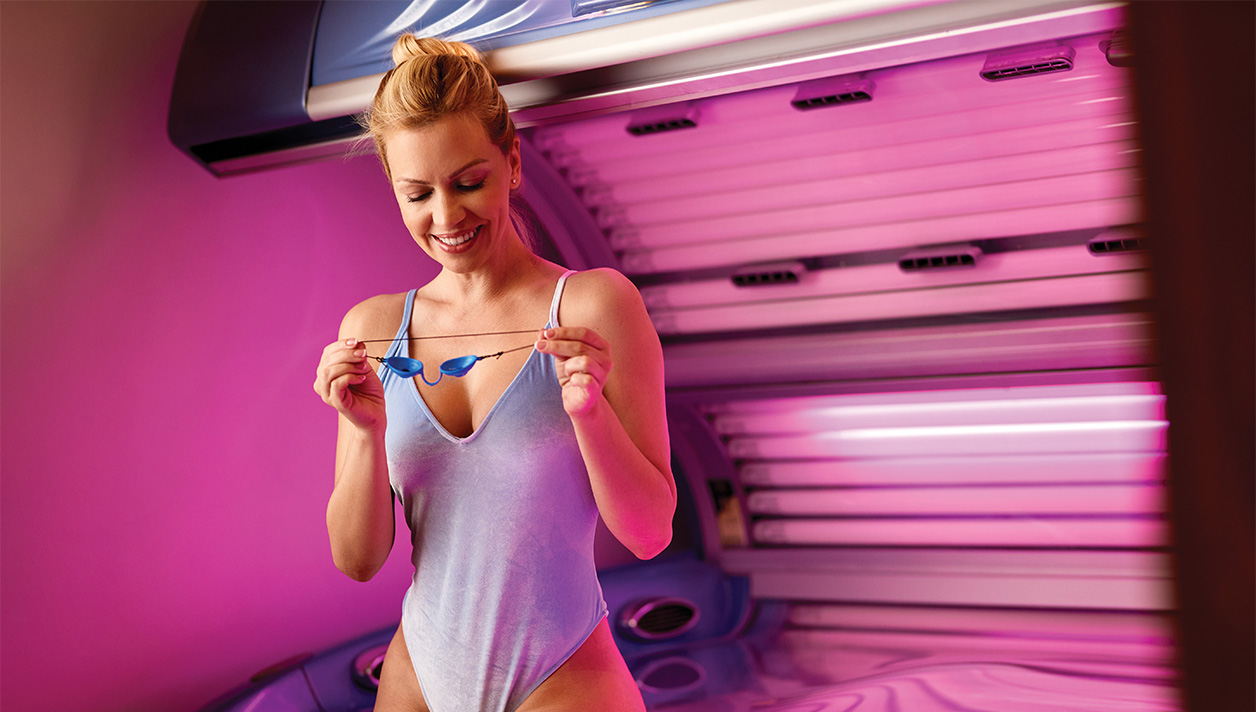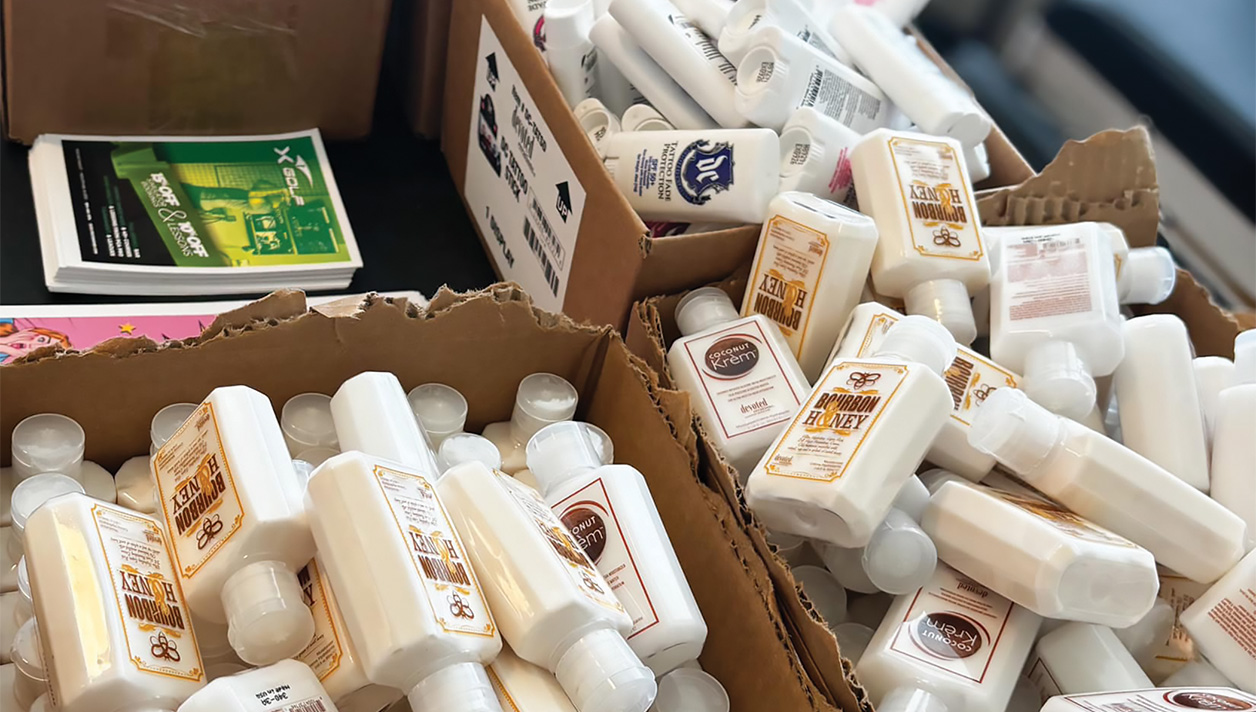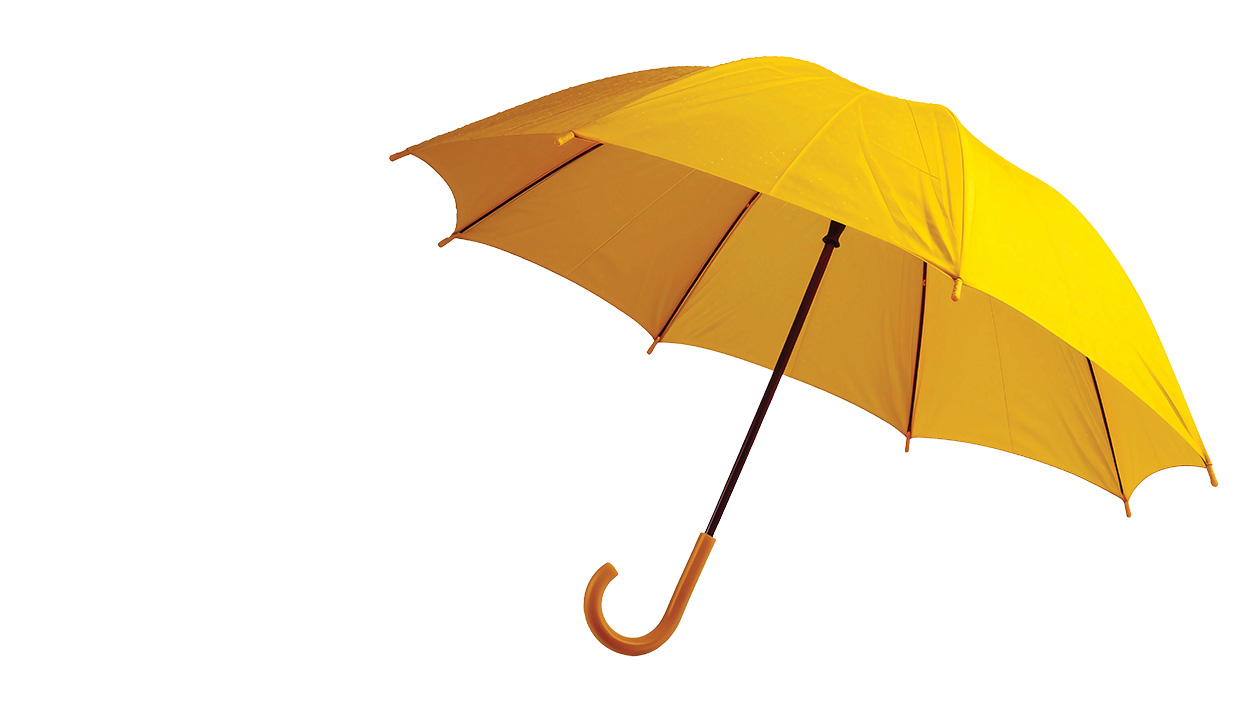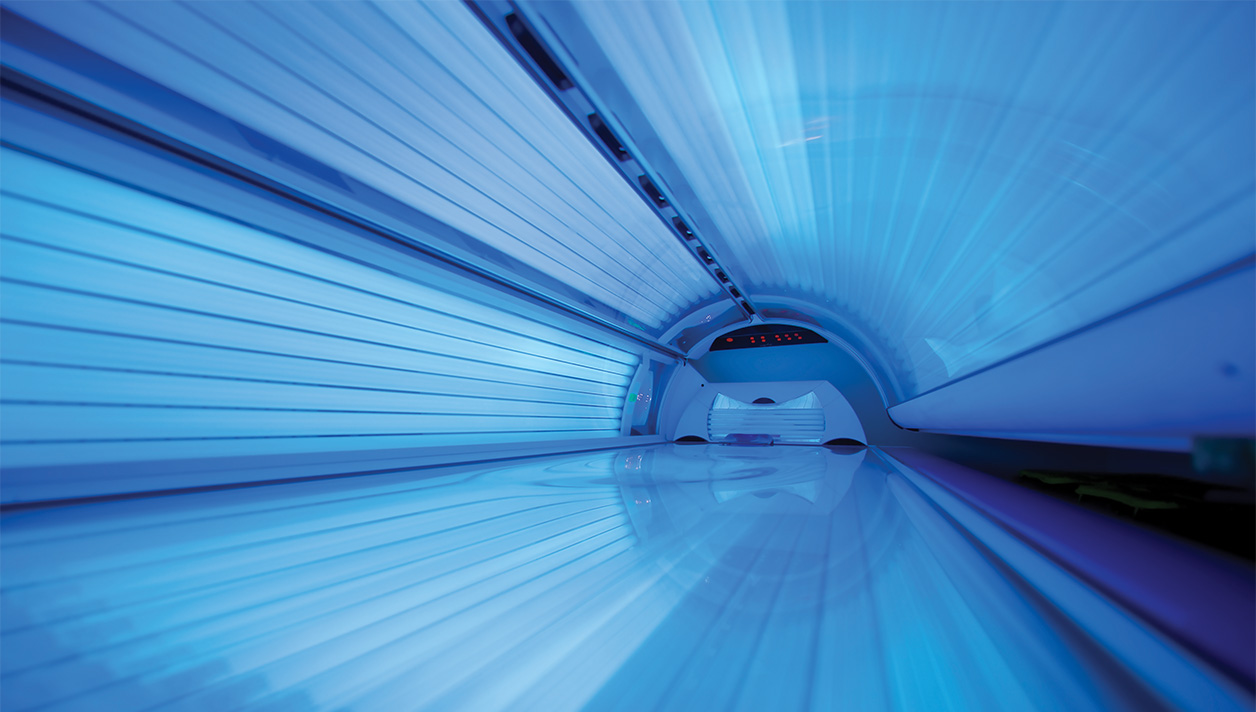It has been eerily quiet for the last few weeks … not on the business front nor in the salons, but in the cut-and-thrust maelstrom that is our beloved media. So I wonder: is this the calm before yet another media storm? If it is, then I simply cannot imagine what the focus or angle will be, as we have had just about the lot thrown at us this year, all rebuked with gusto and yes, people are still tanning in droves.
As an industry, we have long understood that we are an easy commercial target for over-funded opponents to score column inches and broadcast minutes particularly as our 24/7 media appears to have an insatiable appetite for scaremongering tanning stories. Yet this well-rehearsed and played out strategy doesn’t appear to be having any significant statistical impact on the number of people who like to tan indoors.
So what, if anything other than media coverage, has the anti-tanning lobby achieved thus far? In my opinion, probably not a lot that they initially set out to do; but probably quite a lot that they didn’t.
The last few years have thankfully seen a large number of unscrupulous operators in our industry go to the wall. The enhanced level of professionalism in the UK’s tanning industry is there for all to see and is clearly a benefit for all involved. However, the downside for the anti-tanning lobby will be fewer potential case studies of people with outrageous and unsubstantiable claims about their tanning bed use. Let’s not forget, the UK is obsessed with the idea of celebrity, with millions of wannabes looking for their 15 minutes of fame – however that may come about.
The anti-tanning campaign claimed victory, as legislation was introduced banning anyone under the age of 18 from using a tanning bed. Use by under-18s was never a significant part of the user market and certainly use by under-16s was negligible. However, “success” in the U18 legislation has seen an increase, albeit a small one, in the home-unit market where there is a significant risk of limited if any control on use by age, skin type, frequency or indeed any other contraindication.
Public health policy has been overly influenced by the anti-tanning lobby, encouraging everyone from children through to adults old and young to shun the sun. The result is a case of extremes; but at both ends, the nation’s health has suffered.
At one end of the spectrum, we have seen a growing number of areas within the UK documenting a resurgence of rickets in children and the consequences of vitamin D deficiency in the adult population is estimated to cost the National Health Service £billions each year. At the other end, we see the behaviour of people simply confused by or choosing to ignore the conflicting anti-tanning campaign messages as they sit literally frying in the sun at home and abroad. These polar opposite population behaviours coupled with the irrefutable benefits of responsible UV exposure has seen a U-turn in the anti-tanning campaign’s sun advice. The government-funded Public Health Advisory Committee is also undertaking a complete review of how information should be provided to the public about sensible sun exposure.
In the middle of the spectrum are those who understand the importance and reap the benefits of moderate, responsible UV exposure and by far, the vast majority of indoor tanners fit into this part of the spectrum. The voice of the UK’s indoor tanning industry has always been clear and consistent. Seek out salons in membership of The Sunbed Association where information and advice will be provided by properly trained staff about responsible UV exposure.
So, maybe the right-wing element of the anti-tanning campaigners set out to destroy our industry, but they have failed. Somewhat bizarrely in a generous, altruistic moment, I might even say they have helped our industry – just a little bit!
The indoor tanning industry is a survivor; a survivor with substance.



























